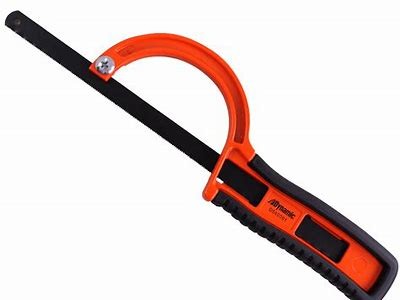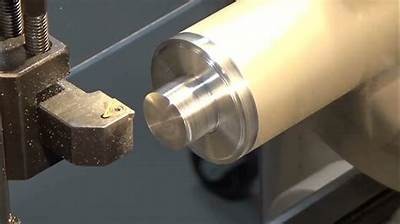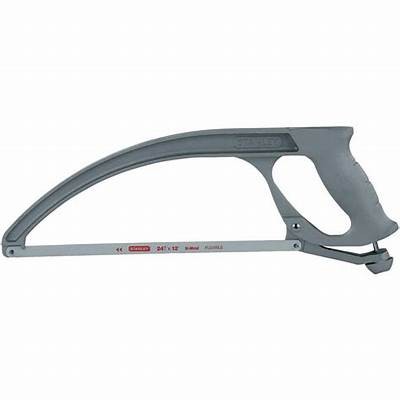Hacksaws are an essential tool in any DIY enthusiast's toolkit. Their versatility allows for precise cutting of various materials, including metal, plastic, and wood. However, mastering the techniques of using a hacksaw can greatly enhance your cutting efficiency and accuracy. In this comprehensive guide, we will explore various hacksaw slot techniques that can improve cutting performance and help you tackle even the most challenging DIY projects with confidence.

Before diving into advanced techniques, it's important to understand the anatomy of a hacksaw. A standard hacksaw consists of a handle, a frame, and a blade. Blades come in various types and tooth counts, suited for different materials and cutting needs. Knowing which blade to use is the first step toward efficient cutting.

The key to effective cutting lies in selecting the correct blade for the material at hand. Here are some tips for choosing the right blade:

- Tooth Count: For thicker materials, a blade with fewer teeth (3-4 teeth per inch) is suitable. For thinner materials, opt for more teeth (14-24 teeth per inch).
- Blade Material: Carbon steel blades are good for softer materials, while bi-metal blades are ideal for cutting through harder materials like stainless steel.
- Blade Width: Wider blades provide more stability but may not be able to maneuver tighter curves. Narrower blades allow for intricate cuts but may require more effort.
To maximize efficiency, maintaining the correct grip and stance is crucial. Here’s how to position yourself for optimal cutting:

- Grip: Hold the hacksaw firmly with one hand on the handle and the other supporting the frame. Keep your hands dry to prevent slipping.
- Stance: Stand with your feet shoulder-width apart and your body stabilized. This position allows for better leverage and force application while cutting.
Before starting to cut, mark the cutting line accurately. Use a straight edge and a pencil to ensure precision, as this will guide your saw and enhance the quality of your cut.

To initiate the cut, position the blade on the marked line and apply gentle pressure. Once the blade has established a groove, you can increase the speed and force of your cutting strokes. 3. The Back-and-Forth Motion
Utilize a smooth, back-and-forth motion while cutting, applying pressure on the forward stroke and allowing the blade to return without force. This technique reduces blade wear and ensures a more accurate cut. 4. Avoiding Binding
Binding occurs when the blade gets stuck in the material. To avoid this:
- Do not apply excessive force as it can cause the blade to bend and bind.
- Angle the blade slightly to create a relief space, which helps prevent binding during the cutting process.
Regular maintenance of your hacksaw can prolong its lifespan and ensure optimal performance:
- Clean the Blade: Remove any debris or buildup from the blade after each use to maintain sharpness.
- Store Properly: Store your hacksaw in a dry place to prevent rusting, and avoid leaving the blade exposed when not in use.
For specialized projects, mastering notching and angling techniques is essential. These cuts are often used in framing or creating joints. Keep your hacksaw steady to achieve clean angles. 2. Cutting Curves and Intricate Shapes
When cutting curves or intricate shapes, use a blade with more teeth for finer control. Move slowly and make multiple passes instead of forcing the blade through in one go. 3. Cutting Tubes and Pipes
When cutting tubular materials, consider using a pipe cutter for straight cuts. However, if a hacksaw is all you have, secure the pipe firmly to prevent movement during cutting. Troubleshooting Common Issues 1. Blades Breaking
Blade breakage can occur due to excessive pressure or using the wrong type of blade. Always select blades suited for the material being cut and avoid pushing too hard. 2. Jagged Edges
If your cuts are jagged, check your blade for wear and ensure you are using the correct tooth count for the material. Smooth out the edges with a file for a better finish. Conclusion
By implementing these hacksaw slot techniques into your DIY projects, you can significantly improve your cutting performance and efficiency. Whether you're a beginner or an experienced DIYer, understanding how to properly use and maintain your hacksaw is invaluable. Through practice and the right methods, you'll soon find that cutting with a hacksaw becomes a seamless part of your project workflow.
